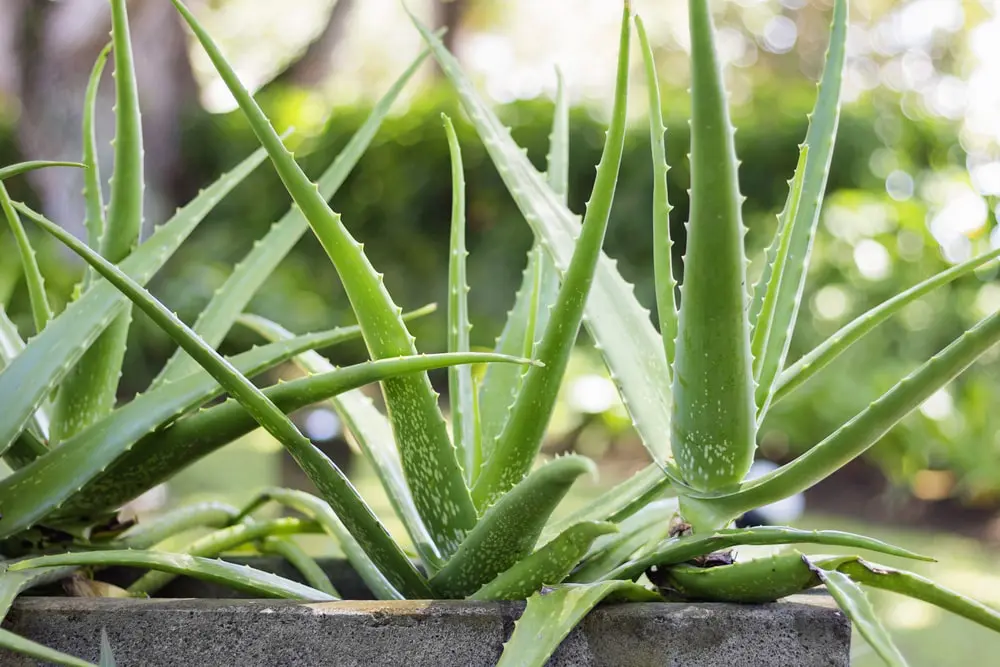How to Grow and Care for Aloe Vera

The key to growing healthy aloe vera in your garden is making sure it is in the right environment. Mimic aloe vera's native environment with well-draining sandy or rocky soil. "For indoor plants, a cactus or succulent soil is a great option," says McEnaney. "If you’re planting outdoors, especially for year-round growing, make sure to have lots of great drainage so water doesn’t sit at the roots." Overwatering your aloe vera can lead to root rot. Whether you're growing the plant indoors or outdoors, it's important to test for dryness by checking the soil moisture with your finger. "Water aloe vera when the soil is bone dry," says Chris Satch, plant doctor at Horti.
Varieties of Aloe Vera
- Aloe barbadensis miller
- Aloe brevifolia
- Aloe broomii
How to Grow a Lemon Tree From Seed
Your lemon tree will need at least eight hours of full sun each day, says Steven Biggs, a horticulturist, founder of Food Garden Life Media, author of Grow Lemons Where You Think You Can’t, and creator and host of The Food Garden Life Show. It will grow best indoors if it has access to a south-facing, sunny window; you can use grow lights to supplement natural light if necessary, Kandra says. All lemon trees need well-draining soil. This is especially important when planting outdoors, so make sure that the tree is also in an area that won't stay wet for extended periods of time after a heavy rain, says Kandra.
Make sure that the tree's soil stays evenly moist. A good rule of thumb is to make sure the soil gets to the "dry side of moist" before watering again, says Biggs. Apply an all-purpose fertilizer packed with micronutrients or a lemon tree-specific fertilizer during the growing season to encourage fruit production, the experts say. They recommend following the manufacturer directions to assess how often to fertilize your lemon tree.
Article about Aloe VeraArticle about Lemon Tree